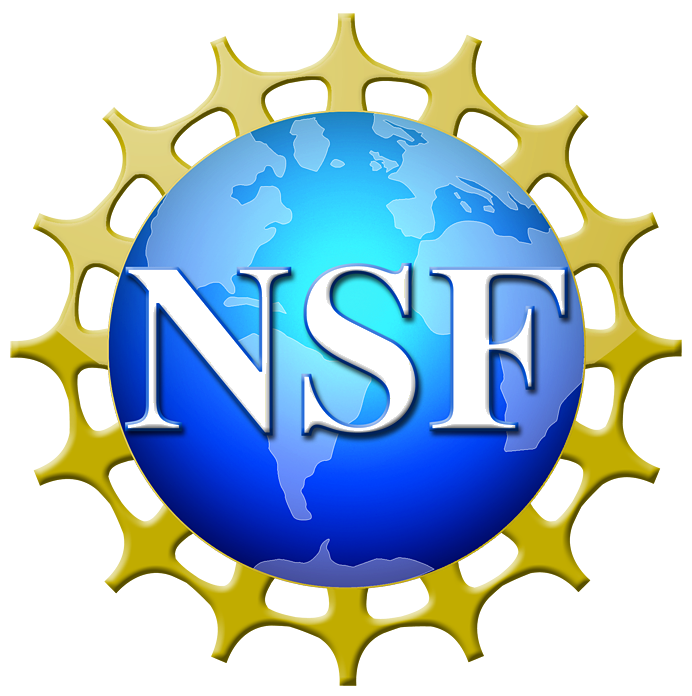Educational Resources
GROWTH Astronomy School 2019
The educational material from the 2019 GROWTH astronomy school is posted on this page.
The school consisted of twelve lessons covering different aspects of observing, processing, and analyzing data relevant to multi-messenger, time-domain astronomy. Each lesson has two components: (1) a lecture introducing the concepts and the science behind the topic (Youtube recording), and (2) an interactive python module that you can download.
The python modules contain a Jupyter Notebook with annotated python code and a number of different exercises for the student to complete on their own. The modules also include installation instructions and any observational datasets necessary to complete the exercises. Modules are listed in the order they appeared in the school program, but each of them is self-contained and can be downloaded and run separately.
The "Quick View" button provides a pre-rendered view of each of the Jupyter notebook solutions to give a taste of what the notebook covers, but in order to complete the exercises and execute the lesson locally, the user must download the module. Clicking on the "Download" button will allow you to download a tar.gz file containing the module.
Please, download and read the installation instructions before running any of the modules.
READMEIf you want to download all modules at once, click on the button below. Note that the file is gzipped tarfile that's about 800 MB. When unzipped, the folder with all modules will be about 1.5 GB.
If you have questions about the resources posted here, you can get in touch with us at growth.astro.school@gmail.com. We will do our best to answer your questions, but please note that while we make our material available to students and educators, we don't have the resources to offer ongoing support.
Python Basics
Introduce the user to basic usage of Python. Includes some basic analysis of photometric data using astropy. The lecture accompanying this module is an overview of the field of time-domain astronomy.
Quick ViewWATCH LECTURE
Image Data Reduction
Process raw images from a visible wavelength telescope and make them ready for photometric analysis
Quick ViewWATCH LECTURE
UV, Optical and IR Photometry
Measure photometric fluxes from astronomical ultraviolet, optical, infrared image data.
Quick ViewWATCH LECTURE
Observing Run Preparation
Demonstrate how to plan observations prior to an observing run.
Quick ViewWATCH LECTURE
Image Subtraction
Learn how to perform image subtraction to discover astronomical transients from multiple consecutive images.
Quick ViewWATCH LECTURE
Gravitational Wave Localization and Galaxy Crossmatch
Learn how to use LIGO/Virgo localizations and match with galaxies.
Quick ViewWATCH LECTURE
Machine Learning
Produce and analyze radio light curve data, fitting a broken power law to it.
Quick ViewWATCH LECTURE
Optical and Infrared Spectroscopy
Extract a 1-D spectrum from a 2-D image of a long-slit spectrum, determine wavelength solution, and then measure the redshift of the target.
Quick ViewWATCH LECTURE
Analysis Methods for Lightcurves of Variable Stars
Identify periodic behavior in noisy observational data to generate light curves
Quick ViewWATCH LECTURE
Asteroids
Compute the detection rate of fast-moving asteroids, asteroids that pass within ~20 lunar distances from Earth, and leave trails/streaks on astronomical images.
Quick ViewWATCH LECTURE
Data Analysis in X-ray Astronomy
This module demonstrates how x-ray data can be used to generate images, spectra and light curves of the sources observed.
Quick ViewWATCH LECTURE
Radio Astronomy and Data Analysis
Produce and analyze radio light curve data, fitting a broken power law to it
Quick View



